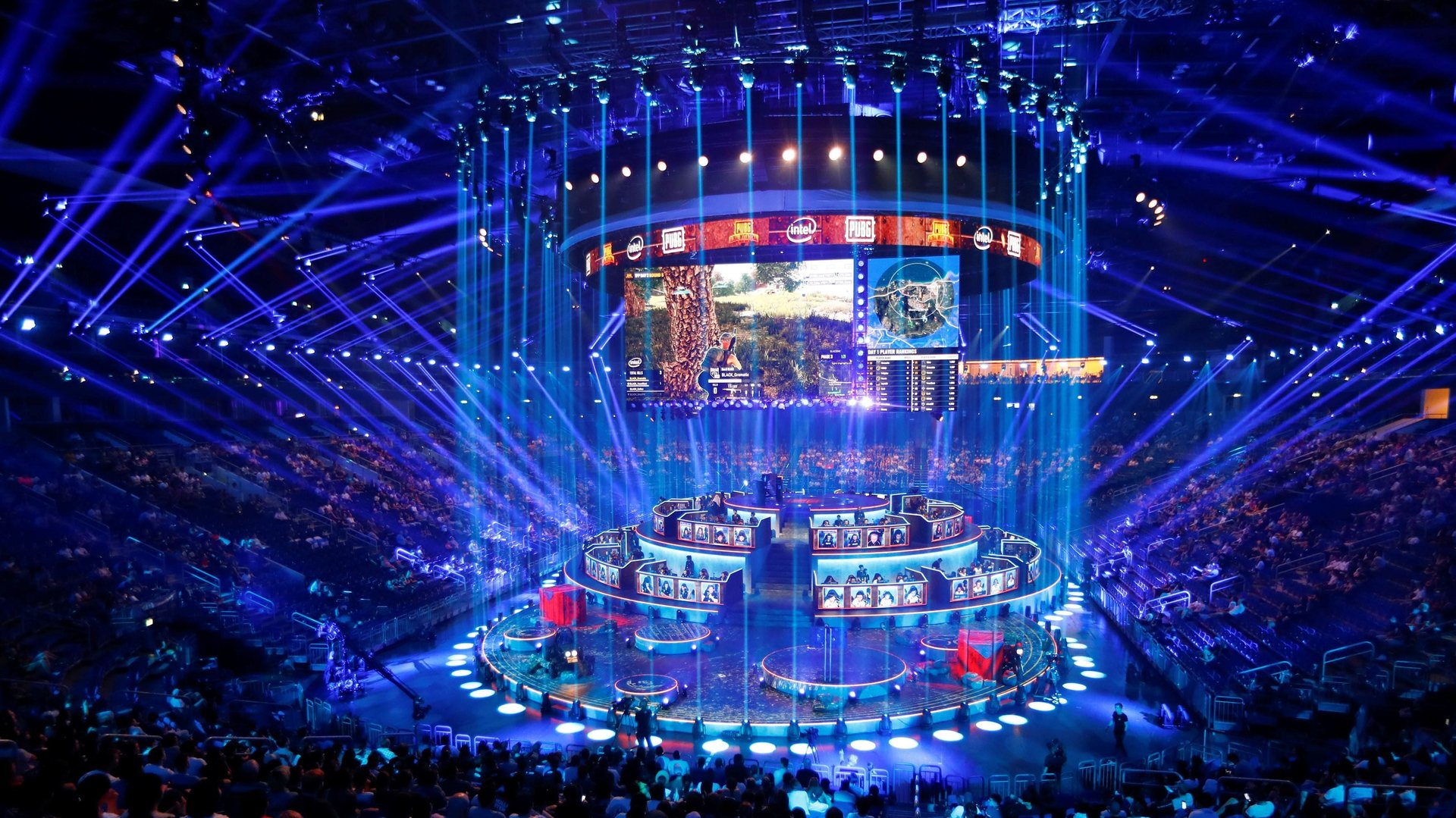Esports players are burning out in their 20s
Some of the world’s top esports players work as many as 80 hours a week, with much of the time spent on marathon video-game sessions that end up taking physical and mental tolls. According to a new documentary by CBSN Originals, this practice, known as “the grind,” is causing many professional gamers to retire by their mid-20s.


Some of the world’s top esports players work as many as 80 hours a week, with much of the time spent on marathon video-game sessions that end up taking physical and mental tolls. According to a new documentary by CBSN Originals, this practice, known as “the grind,” is causing many professional gamers to retire by their mid-20s.
In Esports: The Price of the Grind, one high-profile gamer, Indy Halpern, says that he sometimes practices for eight hours a day, which often leads to lower-back and wrist pain. (As in other professional sports, a serious injury can derail someone’s gaming career.)
Halpern also outlined the mental risks: “You always have that pressure on your shoulders that you have to perform,” he says. Doug Gardner, a sports psychology consultant and director of player performance for the esports team Immortals, recalled seeing “emaciated” players exhausted after relentless gameplay.
Early retirement by video gamers is not a new phenomenon. In 2014, the gaming publication Polygon reported that it was normal for esports players to retire in their mid-20s because youth is a key determinant of excellent motor skills and reaction times—two essential qualities for a top gamer.
But the rise of social media and the esports industry’s rapid growth is exacerbating the tolls of professional gaming, with mental stress leading gamers to burn out earlier. Not only is there more money at stake, but more sets of eyes—roughly 400 million of them based on global esports audience estimates—are watching the industry’s main assets: The players. As ESPN put it, every wrong move is “toxically scrutinized on Reddit, Twitter, and other online forums.” And it’s hard for competitive gamers to walk away from their online devices and avoid the blowback. The same place where they succeed or fail professionally, and get critiqued for it, is also their main way of communicating with the world outside of work.
For the wellbeing of players—and also because a gamer who cannot play can damage the performance of the entire team—esports team owners are working on measures to support mental health. For instance, members of the Dallas Fuel, who compete in the Overwatch league, are now allowed to visit home mid-season. They also have access to a dedicated sports psychologist. FemmeFerocity, a team that plays Heroes of the Storm, highlights in its core values the importance and “competitive advantage” of good mental health.
Whether or not these practices might help players from burning out quicker remains to be seen. But the pipeline of young players entering the profession will remain: There are more than 100 high schools across the US and Canada with North American Scholastic Esports Federation clubs, and increasingly more US colleges are offering scholarships to varsity video-game players. And then there’s the money. According to gaming research firm Newzoo, revenue from the esports industry reached $660 million in 2017, and is forecast to climb to $1.5 billion by 2020.